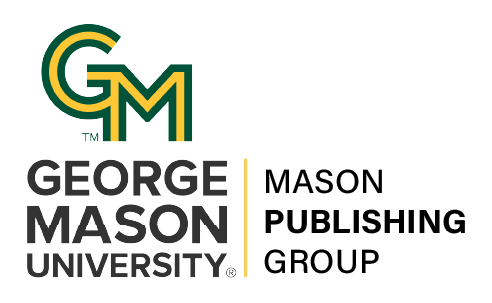"TEACHING TABLES:" Jigsaws and Competitions: Interactive Ways of Learning
DOI:
https://doi.org/10.13021/G8itlcp.4.2012.2016Keywords:
active learning, collaborative learning, STEM education, critical thinking, peer teaching,Abstract
Jigsaw is an active learning technique that allows collaborative learning, for subject matter with a wide range of topics. The standard jigsaw-based approach is used frequently in classes where the discussion is subjective. Motivated by the peer review model prevalent in STEM fields, this activity was modified to make it suitable for graduate and undergraduate classes in engineering and computer science. A competition-based assignment was setup for a graduate class. The spirit of competition and blind evaluation allowed students to think critically and design creative solutions towards solving the problem. The future goal would be to use frameworks like Kaggle-in-class. The topic or class module is split amongst students, so that groups of students are responsible for a particular sub-topic. These students are expected to read, and study the sub-topic at sufficient depth so as to call themselves as experts of the particular topic. During class students first convene in expert groups, discuss the sub-topic amongst them.



